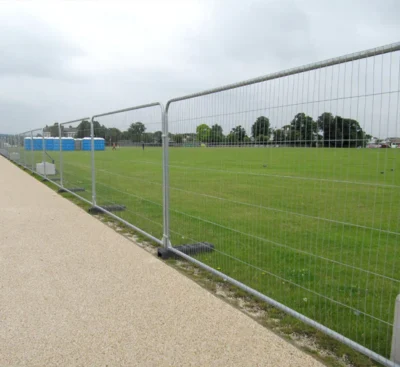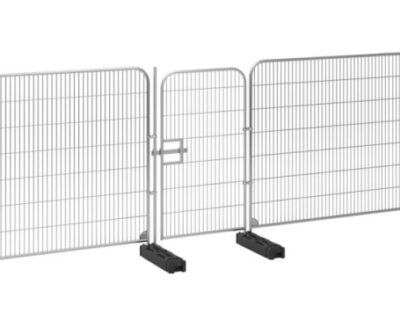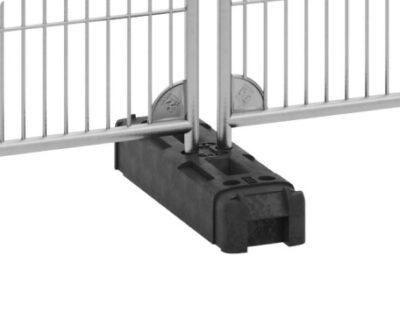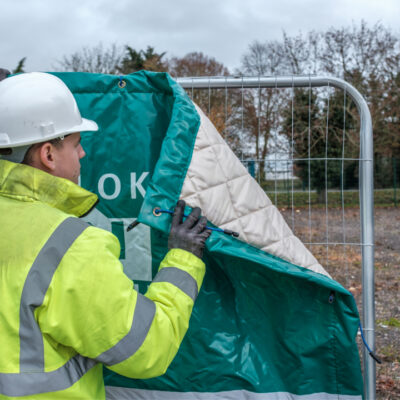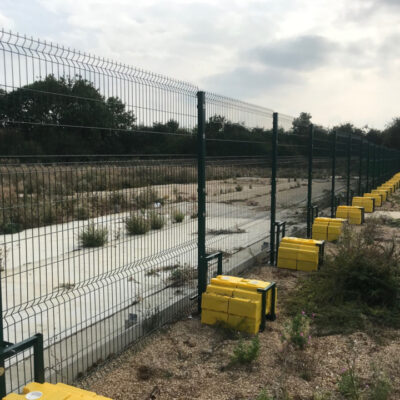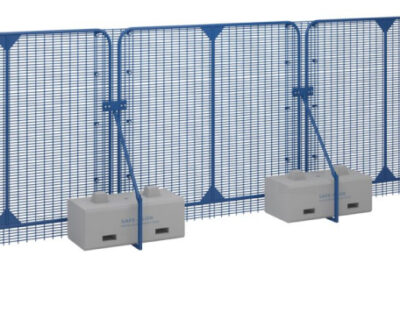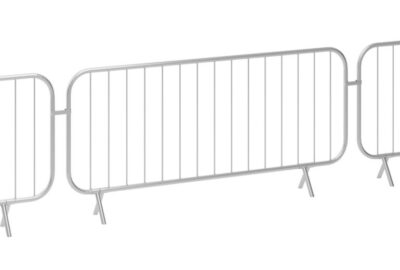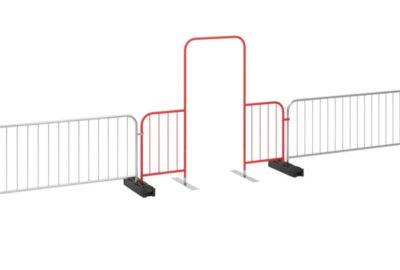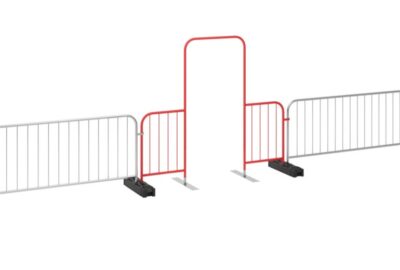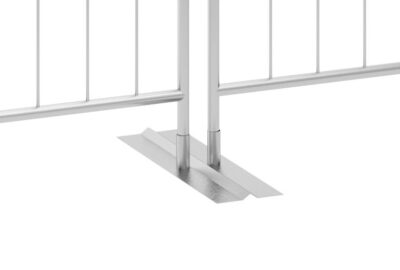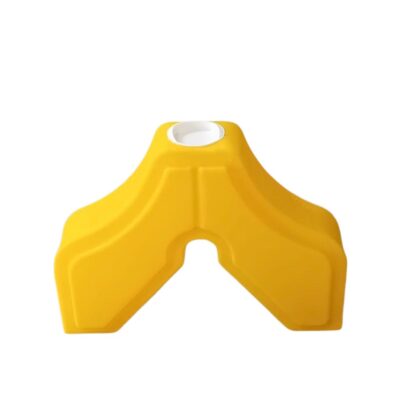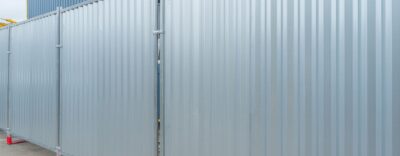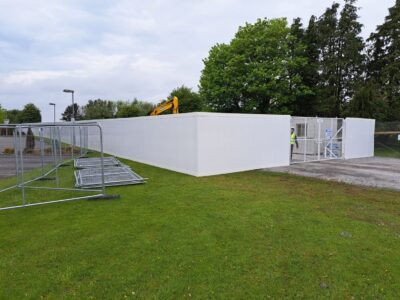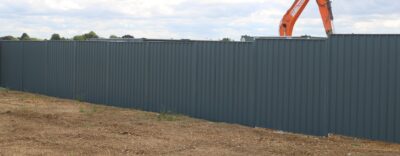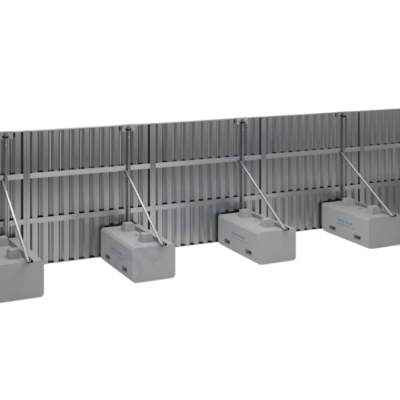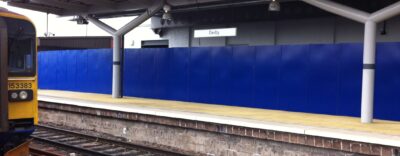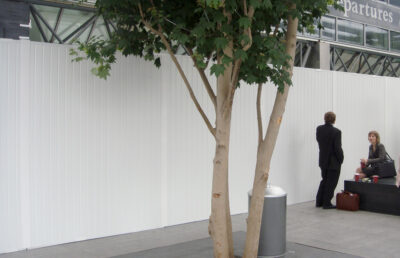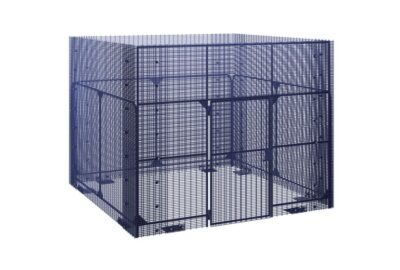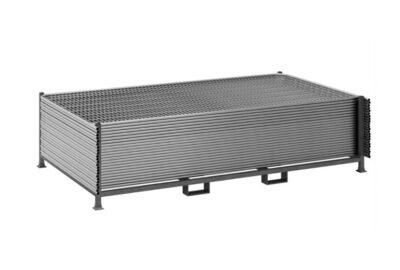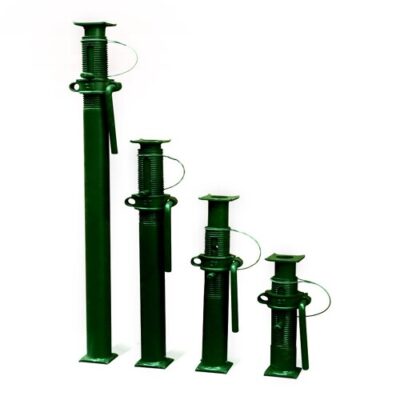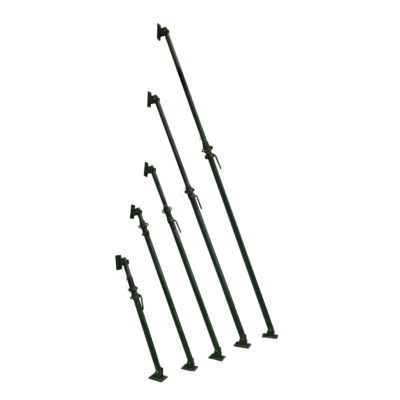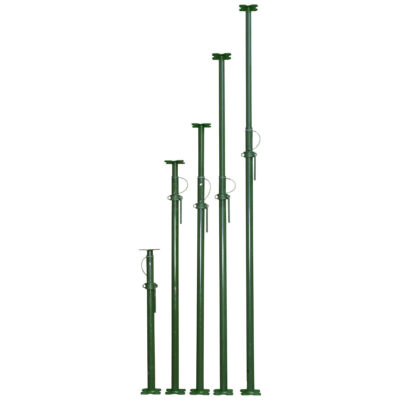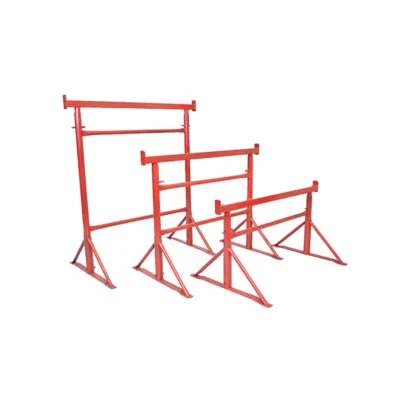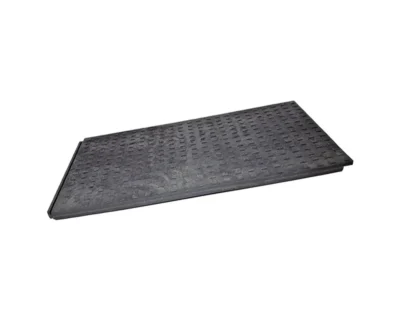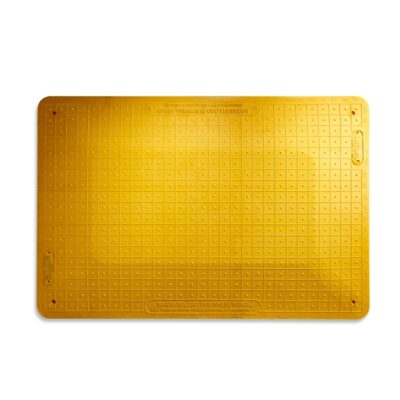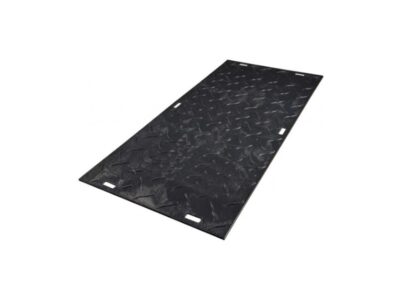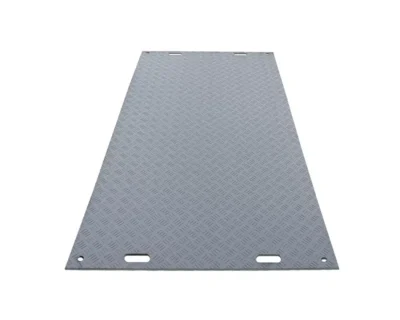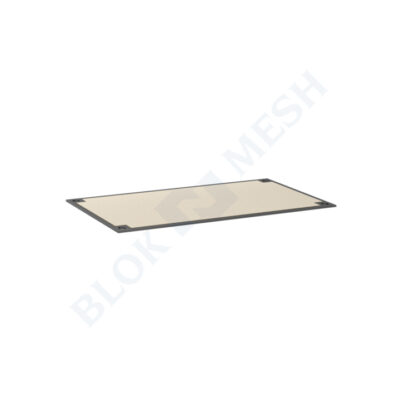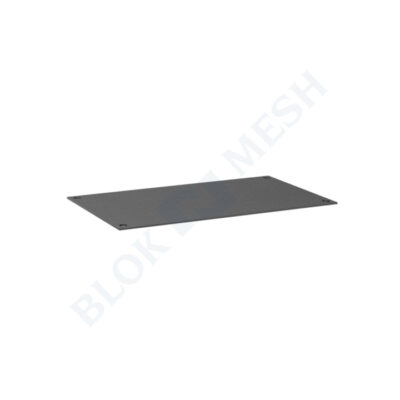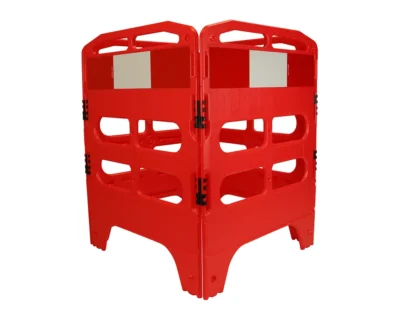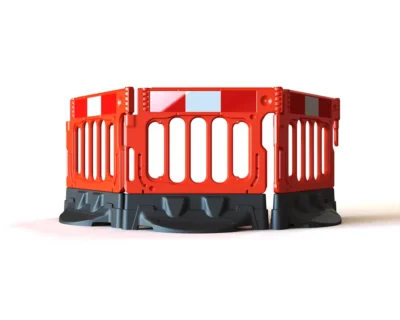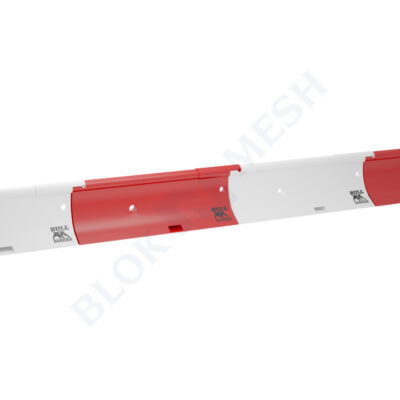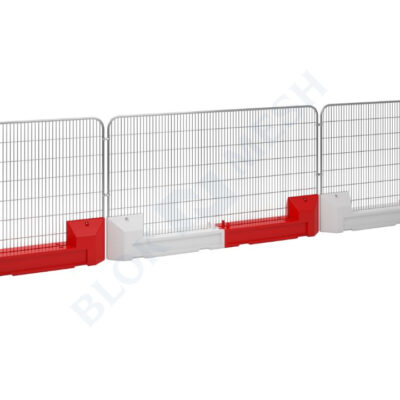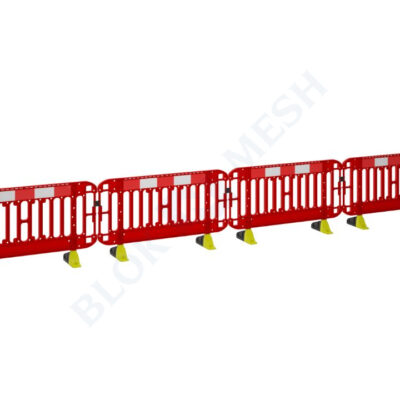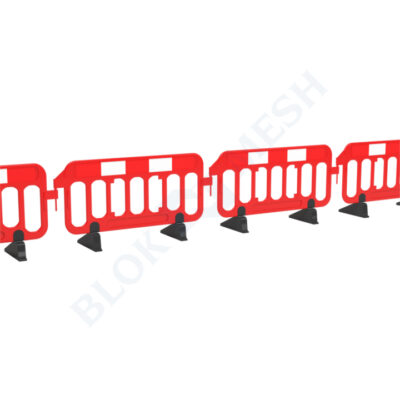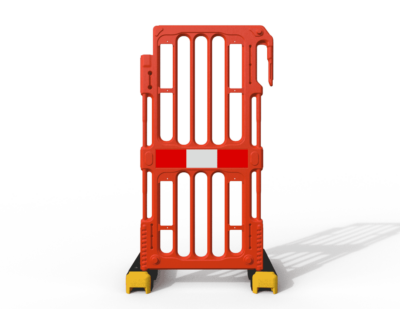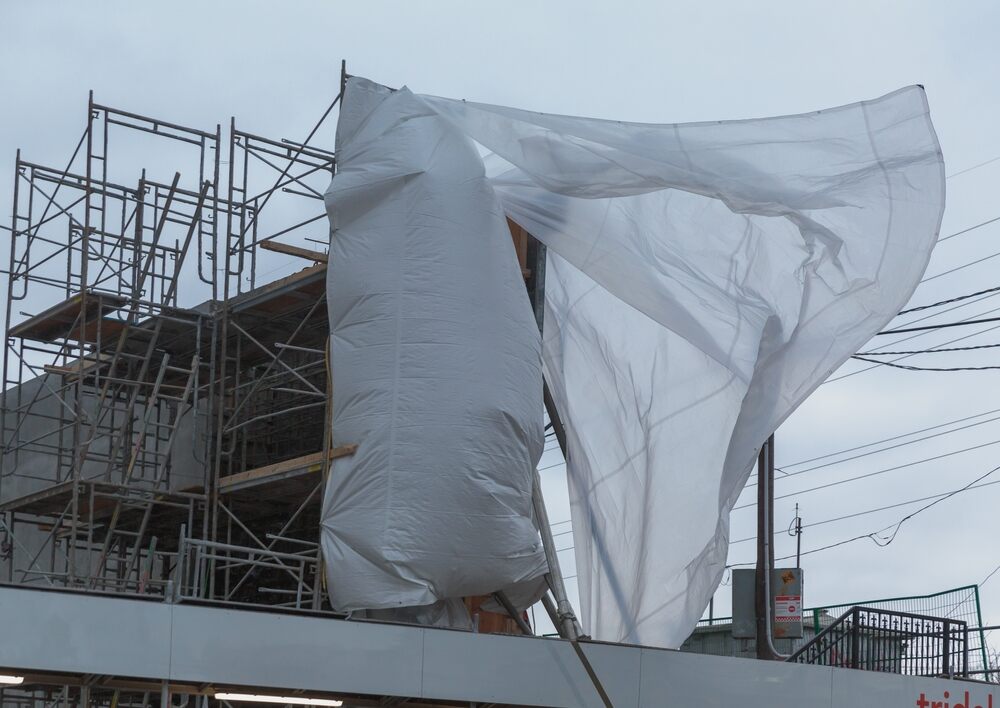Your basket is currently empty!
It might not be the first thing you think of, but high winds at construction sites can be a serious problem.
It affects everything from workers and equipment to building materials – and when it goes wrong the consequences can be huge, both in terms of seriousness and cost.
Find out everything you need to know about high wind risks and what you need to keep your site safe.
How fast are high winds?
The highest winds in the UK are more common in the winter months and can generally range between 10-50 mph.
While this may not sound very high, particularly when the highest winds recorded in the UK measured a whopping 173 mph, the speed itself isn’t the only factor that can lead to increased hazards for construction teams.
It also depends on:
- The wind type – straight-line winds travel in one direction but can change course rapidly, affecting different areas around the site.
- The type of work being undertaken – for example, if lifting loads, 30 mph may be considered too risky.
Likewise, scaffolding can be affected by speeds of just 20 or 25 mph.
- The shape and size of the building in question – tall buildings or those with sharp edges or protrusions can increase wind speeds.
Common risks on-site during high winds
If high winds occur on-site and the appropriate safety measures are not taken, what are the most likely risks?
- Falls
Workers can be blown off roofs or slip and fall while objects are being blown around.
- Structural damage
High winds can cause scaffolding to collapse, cranes to topple over, and unfinished structures to be damaged, all of which can cause injuries, push back timelines, and lead to overstretched budgets.
- Injuries
During winds, dust and debris found on-site can be caught by the wind and can reduce visibility or irritate and damage workers’ eyes while also increasing the likelihood of respiratory issues.
Similarly, if goods or small tools are allowed to blow in the wind, they can become airborne missiles or be unwieldy during handling – causing injury to workers using them or those around them.
- Dropped loads
Wind can affect the completion of lifts, causing extreme danger to those nearby.
- Unauthorised access
If temporary fencing or site hoarding is blown over, unauthorised people may be able to access the site – leading to accidents or even theft.
Ways to keep your site safe during high winds
Impose safety limits and a wind safety plan
To limit the potential compromises to safety on-site, there is a certain amount of organisation you need to do beforehand, including:
- Knowing wind speed limits for various tasks
- Implementing wind safety plans
- Checking wind conditions with anemometers regularly
If you complete these checks and see that poor conditions are on the way, you should either rearrange the plan for the day to prioritise tasks that must be completed before the wind picks up or, if it is already windy, push them back to another day.
While this may cause slight delays, it is the easiest way to limit the hazards and keep people safe.
For extra help, Blok ‘N’ Mesh offers free site wind calculations with the purchase of any Go Hoard™ site hoarding – another way to keep people safe on-site.
Construction is an industry that is well used to safety measures – much of the day-to-day work on-site will include using, fitting, or checking them.
As such, many of these safety measures will be relatively common and are useful for standing up to high winds on construction sites.
Temporary fencing
Designed to create a temporary, relocatable perimeter, temp fencing ensures the safety and security of individuals on either side of the perimeter.
They can withstand high winds and storms thanks to the wire mesh structures of such fences, which allow air to pass through.
For high wind protection, consider the following temporary fencing options:
- Defender V Mesh Temporary Fencing with BraceBlok™ – 2.4m
- Defender V Mesh Temporary Fencing with WaterBlok™ – 3m
And, for extra protection in very exposed or windy locations, why not consider adding temporary Heras Fencing Support Brace with Pegs or upgrading to more sturdy fence feet?
You can choose from:
- Brace and tray systems
- BraceBlok™
- A standard fence foot
- A hi-vis fence foot
- LiftBlok™
- SoloBlok™
- Temporary fencing anti-lift device
All of which can offer slightly more protection from high winds.
Site hoarding
For perimeter protection that also blocks the line of sight, consider site hoarding.
This is available in moveable on-ground styles that are held in place with ballast inserts or Kentledge blocks – stackable concrete blocks that reinforce the structure’s strength. Or as in-ground hoarding that is installed into the ground and is, therefore, better for longer-term projects.
On-ground site hoarding
Our top picks for high wind-prone construction sites include:
In-ground site hoarding
Our preferred option for in-ground hoarding in exposed sites is:
Ask Blok ‘N’ Mesh for high-wind solutions
If your high wind planning and solutions are absent or past their best, you could be putting your staff and your site at increased risk of accidents, injuries, and delays.
To rectify the issue and find out more about our collection of high wind-approved solutions, why not browse our various ranges or give us a call at 01226 654 040?
As market-leading manufacturers of temporary perimeter protection systems and years of experience in the industry, we can help customers across the UK and Europe.
